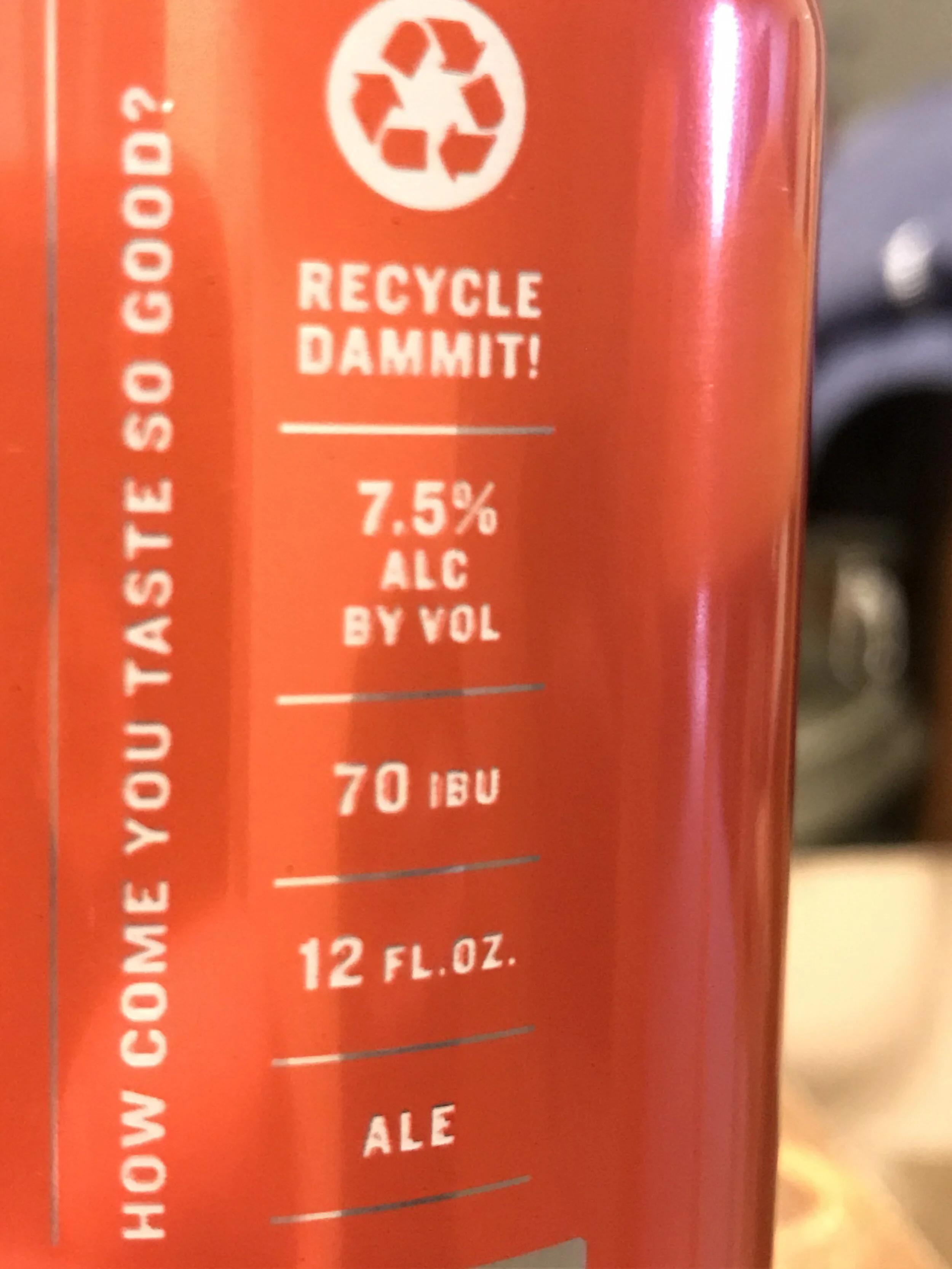What or who is an IBU?
When I started drinking craft beer, I couldn’t help but notice that many of the beers I was trying had “IBU” on their labels. I didn’t have a clue what that meant, and to be quite honest I didn’t really have a desire to know at the time. I was more interested in the bitter hops, malt flavors, and subtle notes. It wasn’t until I started homebrewing that I began to wonder what the mysterious IBU really is.
What is an IBU?
IBU stands for International Bitterness Unit(s). And they were essentially created to measure the bitterness in beers. Bitterness is measured by the breakdown of bittering compounds, such as alpha-acids, in the boiling process. Alpha acids are found in hop cones alongside essential oils in the Lupulin glands. IBUs are measured from 0 to outer space, but most of the beers we commonly drink fall in the range of 5-120 IBUs. Some of our favorite IPAs often fall within the range of 45-85 IBUs, but some stouts can also be found to have similarly high IBUs. Why is this when they taste more malty, chocolatey, and smooth? Well, these beers typically have additional ingredients to make the stout maltier, chocolatey, and, you guessed it, smooth. Which brings up the point of gravity.
Gravity vs. IBU
My friends commonly refer to high gravity beers and their ability to drop you to the ground quicker. While I cannot confirm or deny that, I think gravity is an interesting concept to address.
Technically speaking, Gravity is the measure of dissolved solids in a beer, and when compared alongside IBUs, brewers can find the true bitterness in their beers. The science probably isn’t of much interest to most beer drinkers, but brewers often use IBUs as a measurement of uniformity in a batch of beer to make a more consistent and quality-controlled product.
One interesting beer I have seen and hope to get my hands on soon is Working Class Zero by (512) Brewing out of Austin, TX. This beer is categorized with their pale ales, but it has a 0 IBU profile. How, you ask? Well, according to their website, they don’t add the hops during the boil. This results in zero breakdown of bittering compounds, like alpha-acids. They then add the hops on the cold side to preserve the flavorful and aromatic oils in the hops to create what sounds like (tastes like?) a smooth, hoppy beer.
Anyway, that’s a little about IBUs, Gravity, and bitterness. Don’t overthink it, just drink it.
Cheers!
Mr. Brew

